
When Haitian Ministers Take a 50 Percent Cut of Aide Money It's Called “Corruption,” When NGOs Skim 50 Percent It's Called “Overhead”
Crushing Haiti, Now as Always
By PATRICK COCKBURN
The US-run aid effort for Haiti is beginning to look chillingly similar to the criminally slow and disorganized US government support for New Orleans after it was devastated by hurricane Katrina in 2005. Four years ago President Bush was famously mute and detached when the levies broke in Louisiana. By way of contrast President Obama was promising Haitians that everything would be done for survivors within hours of the calamity.
Phi Beta Iota: As we pointed out earlier, Haiti is both an OPPORTUNITY, and a Multinational Engagement decision-support and information-management challenge, nothing more—it demands open source everything, which the U.S. military especially and the U.S. government generally is simply not good at because they have spent 21 years refusing to listen to “not invented here” iconoclasts. What we SHOULD be doing is using Haiti for a CAB 21 Prototype operation in which we flood the place with ground truth assets–civil affairs “wired” eyes and ears, and then create a global open back office that itemizes needs at the household level and connects those needs to resolution via guided paradrops and helo sling loads. The infrastructure is not there for planes, trains, and trucks. Use Guantanamo, McDill, Miami, and Norfolk. Put amphibs out as parking lots and filling stations. Any questions? Just call.
See also: Journal: Haiti Rolling Update (Chronology with Links)


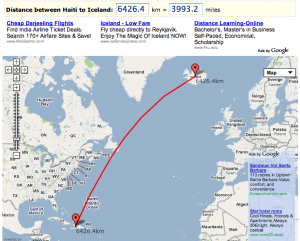

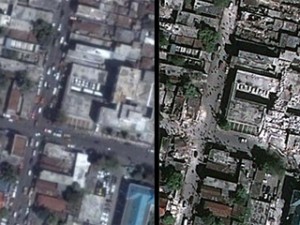
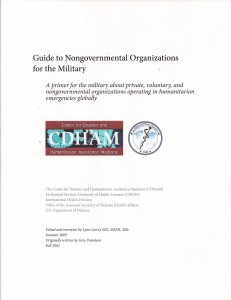
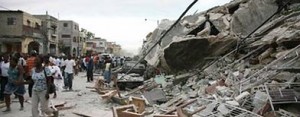
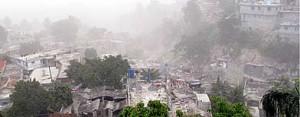
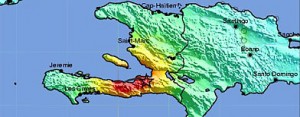
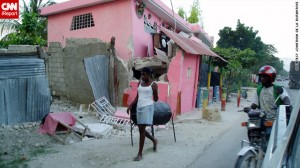
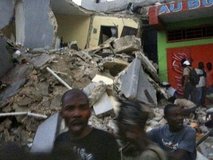
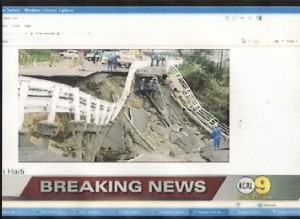 1st Look At Devastation In Haiti Quake
1st Look At Devastation In Haiti Quake